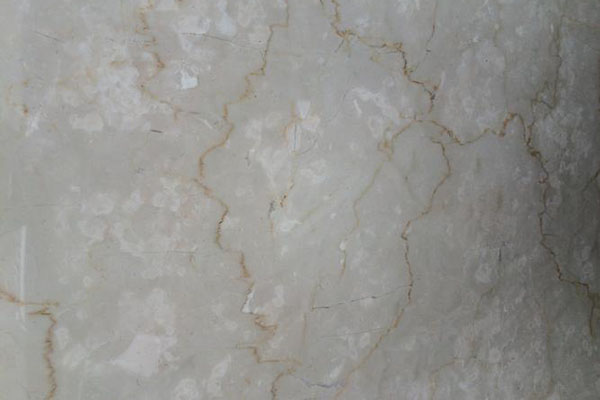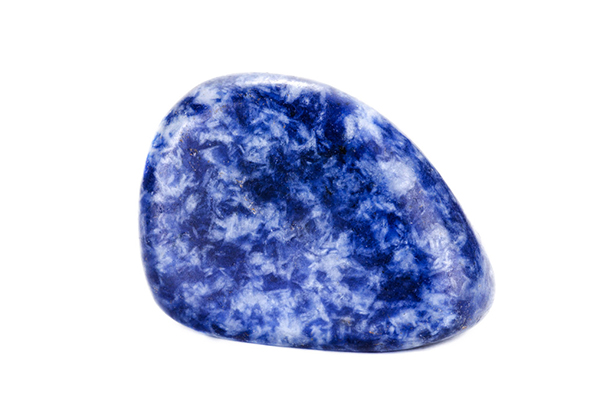Choosing the right flooring material is crucial for the overall look and functionality of your home or office. There are several options available in the market, each with its own unique features and drawbacks. One such option is Tandur stone. In this blog post, we will explore the characteristics of Tandur stone, its advantages and drawbacks, and how it compares to other flooring materials.
Characteristics of Tandur Stone
Origin and Composition
Tandur stone is a type of limestone that is quarried in the Tandur region of southern India. It is known for its durability and unique color variations, which range from beige to light brown. The stone is formed from sedimentary rocks and is rich in calcium carbonate, making it highly resistant to weathering and erosion.
Physical Properties
Tandur stone has a smooth surface and a slightly rough texture, which makes it slip-resistant. It is also non-porous, which means it does not absorb water or other liquids. This makes it an ideal choice for high-moisture areas such as bathrooms and kitchens. The stone is available in different sizes and thicknesses, making it suitable for various flooring applications.
Aesthetics
Tandur stone has a unique and natural appearance, with subtle variations in color and texture. It can be polished to a smooth finish or left unpolished for a more rustic look. The stone also has a high level of translucency, which means it allows light to pass through it. This makes it an excellent choice for areas where natural light is limited.
Maintenance Requirements
Tandur stone is relatively easy to maintain. It can be cleaned with a mild detergent and warm water. Harsh chemicals and acidic cleaners should be avoided as they can damage the stone’s surface. Regular sealing is recommended to prevent stains and maintain the stone’s natural beauty.
Advantages of Using Tandur Stone for Flooring
Durability
Tandur stone is highly durable and can withstand heavy foot traffic without showing signs of wear and tear. It is also resistant to scratches and chipping, making it a suitable choice for areas with high traffic.
Versatility
Tandur stone is versatile and can be used for a variety of flooring applications. It is suitable for both indoor and outdoor use, and can be used in residential and commercial settings. The stone’s unique appearance also makes it a popular choice for accent walls and other decorative features.
Cost-Effectiveness
Tandur stone is an affordable flooring option compared to other natural stone materials such as marble and granite. It is also a cost-effective alternative to ceramic tiles and wooden flooring.
Eco-Friendliness
Tandur stone is an eco-friendly flooring option. It is a natural material that is quarried locally, reducing transportation costs and carbon emissions. The stone’s non-porous surface also means that it does not trap dust, dirt, or allergens, making it a healthy flooring option.
Drawbacks of Using Tandur Stone for Flooring
Susceptibility to Scratching
Tandur stone is relatively soft compared to other natural stones such as granite and marble. This makes it susceptible to scratching, which can affect its appearance over time. It is recommended to use furniture pads and avoid dragging heavy objects over the stone’s surface to minimize the risk of scratching.
Limited Color Options
Tandur stone has limited color options compared to other natural stones. It is available in beige to light brown shades, which may not be suitable for all interior design schemes.
Installation Challenges
Tandur stone requires skilled professionals for installation. The stone’s irregular shape and thickness can make installation challenging, which may increase the overall installation cost.
Comparing Tandur Stone to Other Flooring Materials
Marble
Marble is a natural stone that is known for its elegance and durability. It is available in a variety of colors and patterns, making it a popular choice for high-end homes and commercial spaces. Marble is more expensive than Tandur stone and requires regular maintenance to keep its natural beauty.
Granite
Granite is a durable and scratch-resistant natural stone that is available in a range of colors and patterns. It is more expensive than Tandur stone and requires professional installation. Granite is also more porous than Tandur stone, which means it requires regular sealing to prevent staining.
Ceramic Tiles
Ceramic tiles are a popular flooring option due to their affordability and durability. They are available in a variety of colors and patterns, making them suitable for different interior design schemes. However, ceramic tiles are more prone to cracking and chipping compared to Tandur stone.
Wooden Flooring
Wooden flooring is a classic and elegant flooring option that adds warmth and character to any space. It is available in different colors and textures, making it suitable for different interior design schemes. However, wooden flooring requires regular maintenance to prevent warping and is not suitable for high-moisture areas.
Conclusion
Tandur stone is a durable, versatile, and cost-effective flooring option that can add a natural and unique touch to any space. Its slip-resistant surface, non-porous properties, and low maintenance requirements make it a suitable choice for high-moisture areas such as bathrooms and kitchens. While it has some drawbacks such as susceptibility to scratching and limited color options, Tandur stone compares favorably to other natural stone materials such as marble and granite in terms of affordability and eco-friendliness. If you’re looking for a natural and unique flooring option that is also affordable and eco-friendly, Tandur stone could be the perfect choice for you. Remember to consult with a professional for installation and maintenance to ensure the best results.




